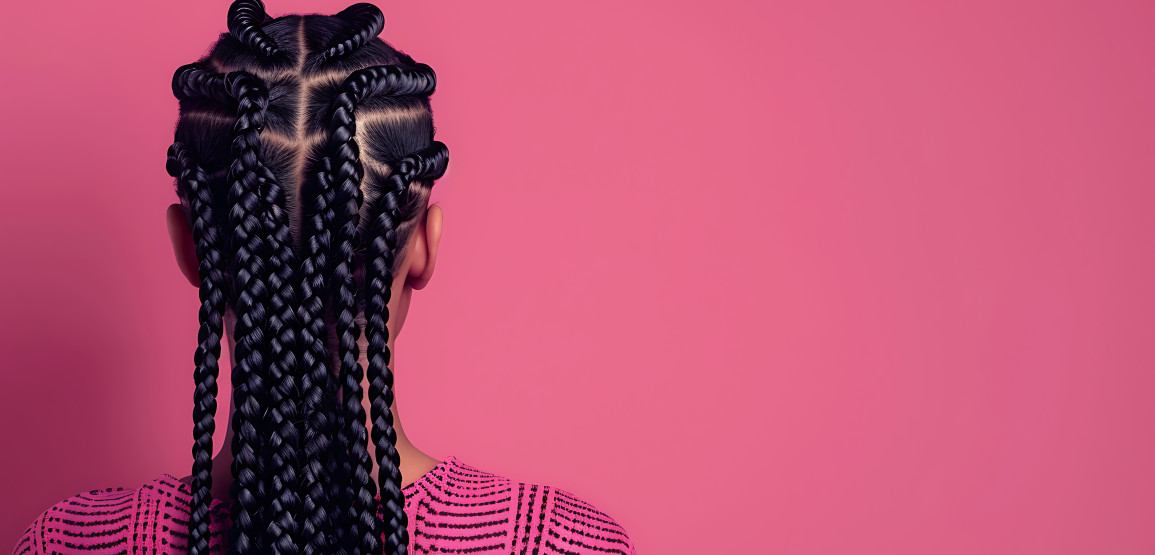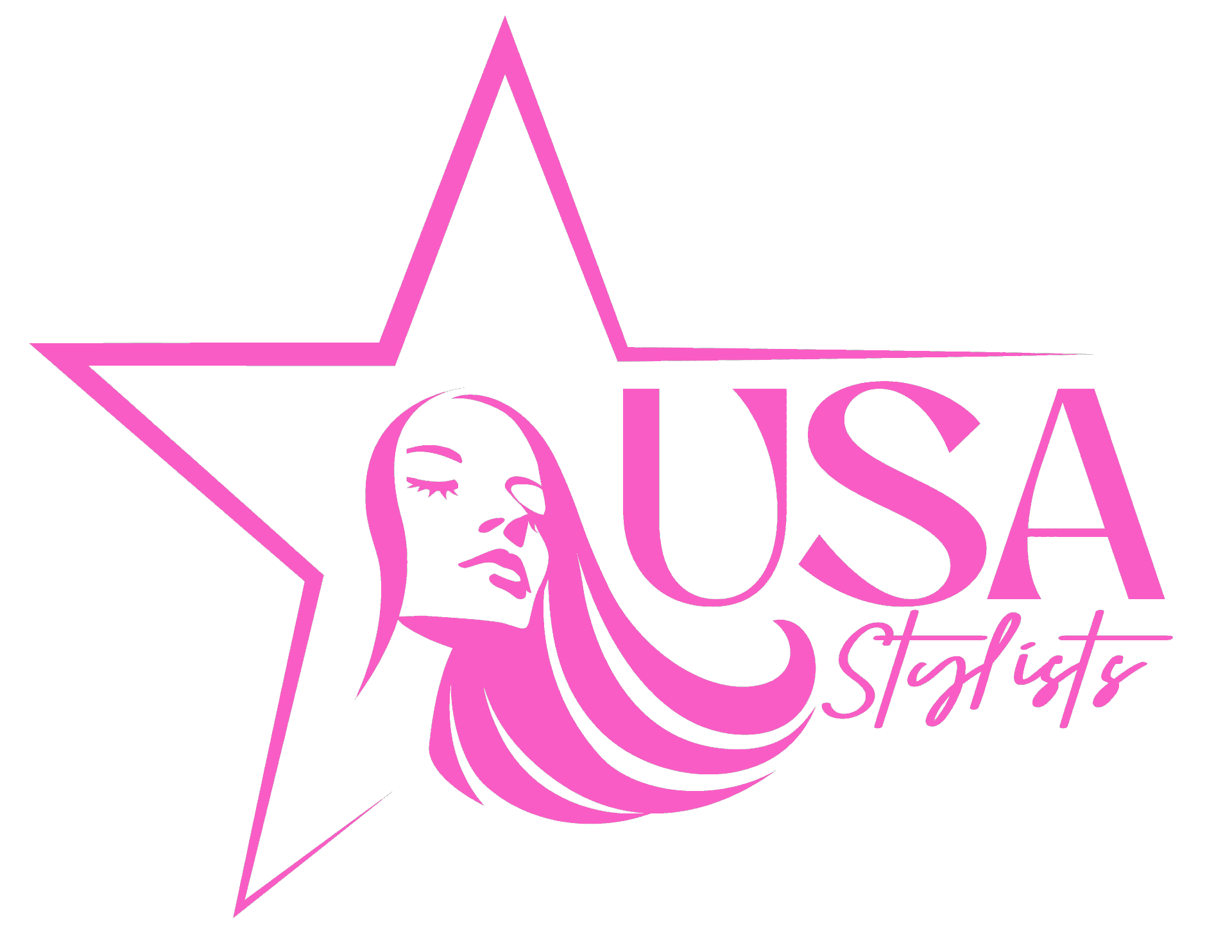Here's an informative post about hair extensions if you're not familiar with the different options.
Hair extensions are a great way to add volume, length, or even a pop of color to your hair. With so many different types available, it can be overwhelming to figure out which method is best for your hair type, lifestyle, and budget. In this guide, we’ll explore the most popular types of hair extensions for women and break down the pros and cons of each to help you make an informed decision.
1. Clip-In Hair Extensions
What are they?
Clip-in extensions are temporary hair wefts that come with small pressure-sensitive clips attached to the base. You can easily clip them into your natural hair and remove them at the end of the day.
Pros:
- Easy to apply and remove: No professional installation required.
- Non-damaging: No heat or glue, reducing the risk of damage to your natural hair.
- Customizable: You can add as much or as little hair as you want for volume or length.
- Great for occasional use: Perfect for events or changing up your look for the day.
Cons:
- Temporary: Must be removed daily, which can be inconvenient for some.
- Not ideal for fine hair: Clips may be visible if you have thin or fine hair.
- Heavier than permanent extensions: Can feel bulky if not applied correctly.
2. Tape-In Hair Extensions
What are they?
Tape-in extensions consist of small, thin wefts of hair with adhesive strips on one side. These extensions are applied by sandwiching a small section of your natural hair between two wefts of tape.
Pros:
- Natural-looking: The thin, lightweight wefts lay flat against the scalp for a seamless blend.
- Quick application: A professional can install them in about 45 minutes to an hour.
- Reusable: The extensions can be removed, re-taped, and reapplied.
- Comfortable: Lightweight and less bulky compared to clip-ins.
Cons:
- Requires professional application and removal: DIY installation may lead to uneven results or damage.
- Shorter lifespan: Lasts 6-8 weeks before needing adjustment or reapplication.
- Avoid oil-based products: Oil can weaken the adhesive, causing the extensions to slip out.
3. Sew-In (Weave) Hair Extensions
What are they?
Sew-in extensions (also known as weaves) are applied by braiding natural hair into cornrows, and then the extensions are sewn into the braids using a needle and thread.
Pros:
- Very secure: Ideal for thicker hair, sew-ins stay in place and are perfect for long-term wear.
- Versatile: You can experiment with various styles, including updos and ponytails.
- Protective: Sew-ins protect your natural hair by keeping it braided and tucked away.
Cons:
- Requires professional installation: DIY sewing is not recommended, and installation can take several hours.
- Tension on the scalp: Tight braiding can cause discomfort and even hair breakage if left in too long.
- Maintenance: You'll need regular touch-ups and care to avoid tangling or matting at the roots.
4. Fusion (Keratin Bond) Hair Extensions
What are they?
Fusion hair extensions involve applying individual strands of hair to your natural hair using keratin glue. A heat tool is used to melt the glue and bond the extensions to your hair.
Pros:
- Long-lasting: Fusion extensions can last up to 3-4 months with proper care.
- Natural appearance: The individual strands blend seamlessly with natural hair.
- Customizable: You can place the extensions wherever you need extra length or volume.
Cons:
- Time-consuming installation: The application process can take 4-6 hours.
- Risk of damage: The heat application and removal process can weaken natural hair if not done carefully.
- Expensive: Fusion extensions tend to be more costly due to the time and skill required for installation.
5. Micro-Link (I-Tip) Hair Extensions
What are they?
Micro-link or I-tip extensions use small, silicone-lined beads to attach individual strands of hair to your natural hair. The beads are clamped securely, holding the extensions in place without the need for glue or heat.
Pros:
- No heat or glue: A more natural, non-damaging method for attaching extensions.
- Reusable: The hair extensions can be adjusted as your hair grows.
- Blends well: The individual strands allow for a more natural and customizable result.
Cons:
- Requires regular maintenance: The beads can slip or move as your hair grows, requiring repositioning every 4-6 weeks.
- Not ideal for fine hair: The beads may become visible on thinner hair types.
- Risk of breakage: If not applied or maintained correctly, the beads can cause tension on the natural hair.
6. Halo Hair Extensions
What are they?
Halo extensions are a one-piece extension that sits on top of your head, secured by a thin, invisible wire. They blend with your natural hair by sitting under the top layers, providing a voluminous look without clips or glue.
Pros:
- Easy to apply and remove: No professional help required.
- No damage: Since there's no attachment to your natural hair, there's no risk of pulling or breakage.
- Comfortable: Lightweight and perfect for everyday use without discomfort.
Cons:
- Not suitable for high-impact activities: The halo can shift during exercise or intense movement.
- Limited styles: Halo extensions are best worn down, so you may have fewer styling options compared to other types of extensions.
- May not suit all head shapes: The wire may not sit securely on everyone’s head, leading to an uneven fit.
7. Wigs and Toppers
What are they?
Wigs and toppers are hairpieces that cover either the entire scalp (wigs) or just a section of the scalp (toppers). They come in a variety of materials, including synthetic and human hair, and can be used to add volume, length, or conceal hair loss.
Pros:
- Instant transformation: Full wigs or toppers can completely change your look in minutes.
- Protective: Great for giving your natural hair a break from styling and environmental stressors.
- Customizable: Available in many styles, lengths, and colors.
Cons:
- Can feel bulky: Wearing a wig for long periods can feel heavy or uncomfortable.
- Requires proper maintenance: Both synthetic and human hair wigs need regular washing and styling to stay in good condition.
- Can be expensive: High-quality wigs, especially those made from human hair, can be pricey.
Final Thoughts
Choosing the right type of hair extension depends on your personal needs, budget, and lifestyle. Whether you’re looking for a temporary boost for special occasions or a long-lasting solution, there’s an extension method out there for you. By weighing the pros and cons, you can make an informed choice and enjoy fabulous, fuller hair with confidence.


